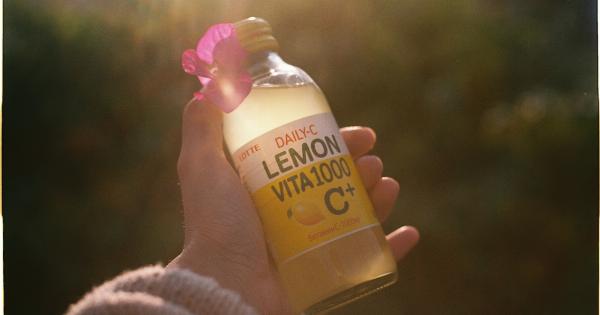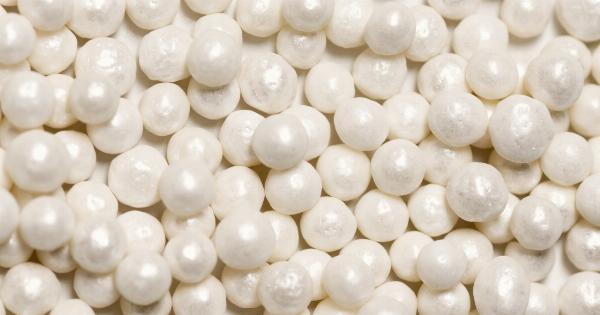Fractures are an unfortunate but common occurrence that many people will experience at some point in their lives. A fracture is a break or severe cracking of a bone, which can cause significant pain, swelling, and difficulty with movement.
What is a Strick Fracture?
A Strick fracture is an injury that occurs when a bone breaks under pressure from an impact or force. These fractures are common in contact sports, such as football or hockey.
The name Strick Fracture comes from the fact that they often happen when a player is hit by a Strick or stick-like object, like a baseball bat or hockey stick.
Symptoms of Strick Fractures
The symptoms of Strick fractures can vary depending on the severity of the injury. Some common symptoms include:.
- Pain and swelling at the site of the fracture
- Difficulty moving the affected area
- Bruising or discoloration
- Deformity or misalignment of the bone
Treatment for Strick Fractures
The treatment for Strick fractures depends on the severity of the injury and the location of the break. In most cases, a doctor will immobilize the affected area with a cast or brace to allow the bone to heal properly.
In some cases, surgery may be necessary to repair the fracture. This is especially true for severe breaks or fractures that involve multiple bones.
What is an Ankle Fracture?
An Ankle fracture is an injury that occurs when one or more of the bones in the ankle joint break or crack. This type of fracture can be caused by a variety of factors, including falls, twisting injuries, and impact from a fall or collision.
Symptoms of Ankle Fractures
The symptoms of an ankle fracture can vary depending on the severity of the injury. Some common symptoms include:.
- Pain and swelling at the site of the fracture
- Difficulty putting weight on the affected foot
- Bruising or discoloration
- Deformity or misalignment of the ankle
Treatment for Ankle Fractures
The treatment for ankle fractures depends on the severity of the injury and the location of the break. In many cases, a doctor will immobilize the affected ankle with a cast or brace to allow the bone to heal properly.
In some cases, surgery may be necessary to repair the fracture. This is especially true for severe breaks or fractures that involve multiple bones or damage to surrounding tissues.
Comparing Strick and Ankle Fractures
While both Strick and ankle fractures are serious injuries that can cause significant pain and discomfort, there are some differences between the two types of fractures that are important to understand.
Strick fractures typically occur from an external force or impact, such as getting hit by a Strick or stick-like object, while ankle fractures can be caused by a variety of factors, including falls and twisting injuries.
Ankle fractures are more common in the general population than Strick fractures, which are typically associated with sports and athletic activities.
The treatment for both types of fractures is largely similar, involving immobilization with a cast or brace and possibly surgery in more severe cases.
Preventing Fractures
While fractures can be hard to avoid completely, there are some things you can do to reduce your risk of injury and protect your bones.
- Wear protective gear: If you participate in contact sports or other activities that put you at risk for fractures, be sure to wear the appropriate protective gear, such as helmets, pads, or braces.
- Avoid risky behavior: Do not take unnecessary risks that could result in injury, such as jumping off high surfaces or engaging in dangerous activities without proper training or equipment.
- Maintain bone health: Eating a balanced diet rich in calcium and vitamin D and engaging in weight-bearing exercise can help keep your bones strong and healthy.
- Be cautious on uneven surfaces: Be careful when walking on uneven surfaces, such as stairs or slippery floors, which can increase your risk of falling and fracturing a bone.
Conclusion
Fractures are a common and often painful injury that can have a significant impact on your quality of life. While both Strick and ankle fractures can be serious, they are different types of injuries that require specific treatment and care.
By understanding the differences between these two types of fractures and taking steps to protect your bones, you can reduce your risk of injury and stay healthy and active for years to come.































